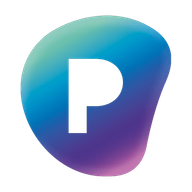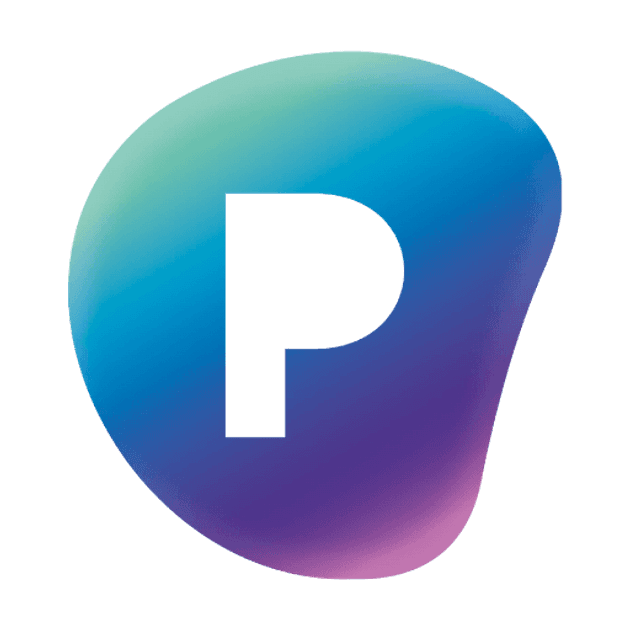Disclaimer: this is just my opinion, nothing more.
I hope you feel free to post your opinions on this forum, too. It’s here for you.
This is my honest diagnosis of our field’s situation with regard to technology.
By way of background, I’m currently writing my dissertation on the use of the web platform for building applications for language documentation. I don’t say that because I want to sound fancy-pants, I just say it because this topic is really pretty much all I think about professionally. I have been at it for a long time. It overrode my own interest in doing fieldwork pretty much entirely, which for me is a bummer. But I feel like these problems need to be addressed if the field is to stay on top of technology.
-
We need to stop thinking in terms of software workarounds, and start thinking in terms of workflows. What would the user interfaces that would help us in doing our actual documentation throughout the process look like? It’s true that we all owe a debt to ELAN, Flex, Toolbox, and other existing tools for helping us to document a ton of language. But we have reached a sort of stagnation in the field as far as tech is concerned. We have journal articles about how to force pieces of software to work to together that were not designed to work together. Should we be institutionalizing workarounds? No, we should be implementing applications that are designed for specific workflows. We need to start imagining those applications, and talking about how they could be. Only then can we actually create them.
-
We need to embrace the web. Language documentation is not really “part of” the web. Not really. The web is supposed to be about interlinked, usable information. But is our information — that is, documentary information in the terms that we use to theorize and describe language — really interlinked? Nope. We have made a lot of progress in archiving, but the way that our archiving is built is really in terms of documents, corpora and metadata. What about the data itself? Why can’t we look up all the things in a text or corpus of a particular grammatical category? Why can’t I slurp out all the pronouns (or whatever) from my corpus and line them up next to all the pronouns (or whatever) in your corpus automatically?
What the web can do now, what “the web” even is is not obvious. It’s not just web pages. It’s a programming environment. It can support all our stuff. First, we need to get to know the web again. Poke it. Prod it. Then we can get involved in the question of how to use it to solve our (rarely unique) problems. -
The computer calvalry is not coming. There is no funding. There are no grants. There is no gang of programmers waiting to help us. They are not there. Okay, maybe that’s a little melodramatic. But honestly, we may as well assume that viewpoint. As far as a new start in using web technology for language documentation is concerned, it has to be an inside job: we must build it. And where skills are missing, we should work together as a field to learn them, together.
-
It’s not actually that hard (it’s even fun). Building things with web technology is fun. It’s not as hard to get started as it might seem. All you need is a text editor, a browser, and some gumption. If you learn some basics, even if you don’t become “a programmer,” you will be much more empowered to manage the digital incarnation of your research as you see fit. You will be more able to reformat and reuse your work. And most important of all, you will be more able to share with communities.
Which isn’t to say that web technology isn’t complicated. It is. But hey, so is language. And you’re a linguist, right? You can handle complexity. You’ve traced down wandering Wackernagels and uvular ejectives, what are a few tags and objects to you?
I feel kind of preachy and high-horse-y when I start rambling on this topic. What can I say? I have heavily invested the better part of my adult life in the “web linguistics” concept. So it matters a lot to me. More than anything, I hope that we can use this forum to learn together and work together. Especially those of us who have had the good fortune to be educated at fancy unversities need to find ways to pay it forward. Let’s kick our research in the seat of its documentary pants, and make some whiz-bang stuff.


